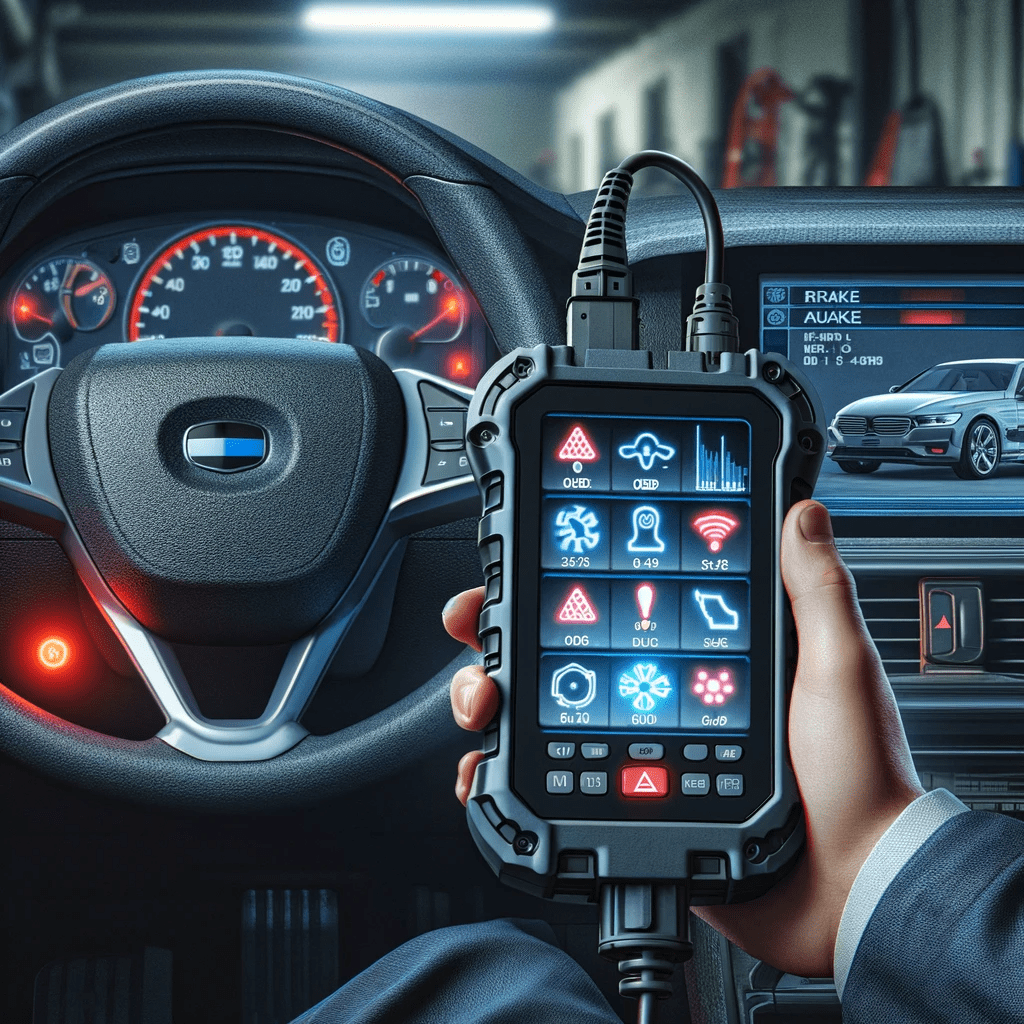Table of Contents
Mastering Brake System Diagnostics (2025)
Understanding the Importance of Brake System Diagnostics
Brake system diagnostics is an essential part of vehicle maintenance that ensures safety, efficiency, and optimal performance. A vehicle’s braking system consists of various components such as brake pads, rotors, calipers, hydraulic fluid, and brake lines. Any failure in these components can lead to severe accidents, making regular diagnostics crucial. Advanced diagnostic techniques allow for early detection of issues, preventing costly repairs and ensuring reliable braking performance.
Key Takeaways
| Aspect | Detail |
|---|---|
| Importance | Understanding why brake system diagnostics are vital for safety and vehicle performance. |
| Techniques | Exploring tools and methods used to diagnose brake system issues effectively. |
| Practical Tips | Offering actionable advice for both professionals and car owners to troubleshoot and fix brake problems. |
| Advanced Insights | Delving into electronic diagnostics and modern tools for in-depth brake assessments. |
| Resource Links | Providing further reading and links to related diagnostic guides. |

Techniques and Tools for Effective Brake Diagnostics
Diagnosing brake system issues requires a mix of traditional mechanical inspections and modern electronic diagnostics. Below are the key techniques and tools used for effective brake system diagnostics.
1. Visual Inspection
A visual inspection is the first step in diagnosing brake problems. It involves checking:
- Brake pads – Look for excessive wear; thin brake pads can reduce stopping power.
- Rotors – Inspect for grooves, scoring, or warping that might affect braking efficiency.
- Brake calipers – Check for leaks, rust, or misalignment.
- Brake lines – Look for cracks, leaks, or corrosion in the hydraulic lines.
2. Performance Testing
Using specialized tools, performance testing helps assess the effectiveness of the braking system:
- Brake testers – Measure braking force and balance between wheels.
- Road tests – Evaluate braking performance under different conditions, including emergency stops.
3. Electronic Diagnostics
Modern vehicles are equipped with electronic braking systems, including ABS (Anti-lock Braking System), EBD (Electronic Brakeforce Distribution), and TCS (Traction Control System). Diagnosing these requires:
- OBD-II Scanner – Reads brake system error codes and identifies faulty ABS sensors.
- Brake fluid pressure testers – Detects pressure irregularities in hydraulic brakes.
- Multimeters – Tests electrical components in electronic brake systems.
Common Brake System Issues and How to Diagnose Them
| Issue | Symptoms | Possible Causes | Diagnostic Tools | Solution |
|---|---|---|---|---|
| Brake Noise (Squealing/Grinding) | High-pitched squeal or grinding noise while braking. | Worn-out brake pads, glazed rotors, misaligned calipers. | Visual inspection, rotor micrometer. | Replace brake pads, resurface/replace rotors. |
| Soft or Spongy Brake Pedal | Brake pedal feels soft or sinks to the floor when pressed. | Air in brake lines, moisture in brake fluid, faulty master cylinder. | Brake fluid tester, vacuum bleeder. | Bleed brakes, replace old brake fluid, check master cylinder. |
| Brake Warning Light | Brake or ABS warning light illuminates on the dashboard. | Faulty ABS sensor, low brake fluid, worn-out pads. | OBD-II scanner, visual inspection. | Scan and reset error codes, top off brake fluid, replace worn parts. |
| Vibration While Braking | Steering wheel or brake pedal vibrates when braking. | Warped rotors, loose suspension components. | Dial indicator, brake disc micrometer. | Resurface or replace rotors, tighten suspension parts. |
| Pulling to One Side | Vehicle drifts to one side during braking. | Uneven brake pad wear, stuck caliper, brake fluid contamination. | Visual inspection, caliper test. | Replace pads, free stuck caliper, flush brake fluid. |
Practical Tips for Diagnosing and Maintaining Brake Systems
- Listen for Unusual Noises
- Squealing sounds indicate worn brake pads.
- Grinding noises suggest metal-on-metal contact, which requires immediate attention.
- Check Brake Fluid Condition
- Dark or dirty brake fluid reduces braking efficiency.
- Replace fluid every 2 years or 30,000 miles, depending on manufacturer recommendations.
- Monitor Brake Pedal Feel
- A spongy brake pedal indicates air in the brake lines.
- A hard brake pedal may suggest a failing brake booster.
- Inspect Brake Lines and Hoses
- Look for cracks or leaks, as damaged brake lines can cause brake failure.
- Test Braking Response
- Perform a controlled brake test on an empty road to assess pedal feel and stopping distance.

Advanced Insights into Brake System Diagnostics
The Role of ABS and Electronic Brake Systems
Modern vehicles feature advanced braking systems such as ABS, EBD, and ESC (Electronic Stability Control). Diagnosing these systems requires:
- OBD-II Scanners to read ABS-related fault codes.
- ABS Sensor Testing to ensure accurate wheel speed readings.
- Brake Actuator Diagnosis for electric braking assist systems.
Electronic Brake Force Distribution (EBD)
EBD adjusts braking pressure for optimal balance. A malfunctioning EBD system can result in uneven braking force, causing instability during stops. OBD-II diagnostics can reveal faults in EBD programming or sensors.
Brake-by-Wire Systems
High-performance and electric vehicles increasingly use brake-by-wire systems, which replace traditional hydraulics with electronic controls. Diagnosis involves:
- Checking electronic brake actuators for response time.
- Scanning for faulty brake control unit (BCU) codes.

Bridging Brake System Diagnostics with Overall Vehicle Maintenance
Brake system health affects other critical vehicle systems, including:
- Suspension & Steering – Poor braking performance can indicate misaligned suspension or worn steering components.
- Transmission & Engine Braking – Downshifting or engine braking effectiveness is impacted by the brake system’s response.
- Electrical System – Faulty ABS modules or sensors can cause electrical malfunctions.
For further insights into vehicle diagnostics, explore:
- Transmission Diagnostic Tools: Revolutionizing Vehicle Maintenance
- Advanced Sensor Testing: Mastering Electronic Diagnostics
Conclusion: Mastering Brake System Diagnostics for Safety and Performance
Mastering brake system diagnostics is a blend of mechanical expertise and electronic troubleshooting. By combining traditional visual inspections with OBD-II scanning and pressure testing, drivers and technicians can ensure a vehicle’s braking system is safe, responsive, and reliable. Regular maintenance, timely diagnostics, and the use of advanced tools help prevent brake failures and enhance overall driving safety.
Additional Resources
Check out the best performance car gear available on the market.


